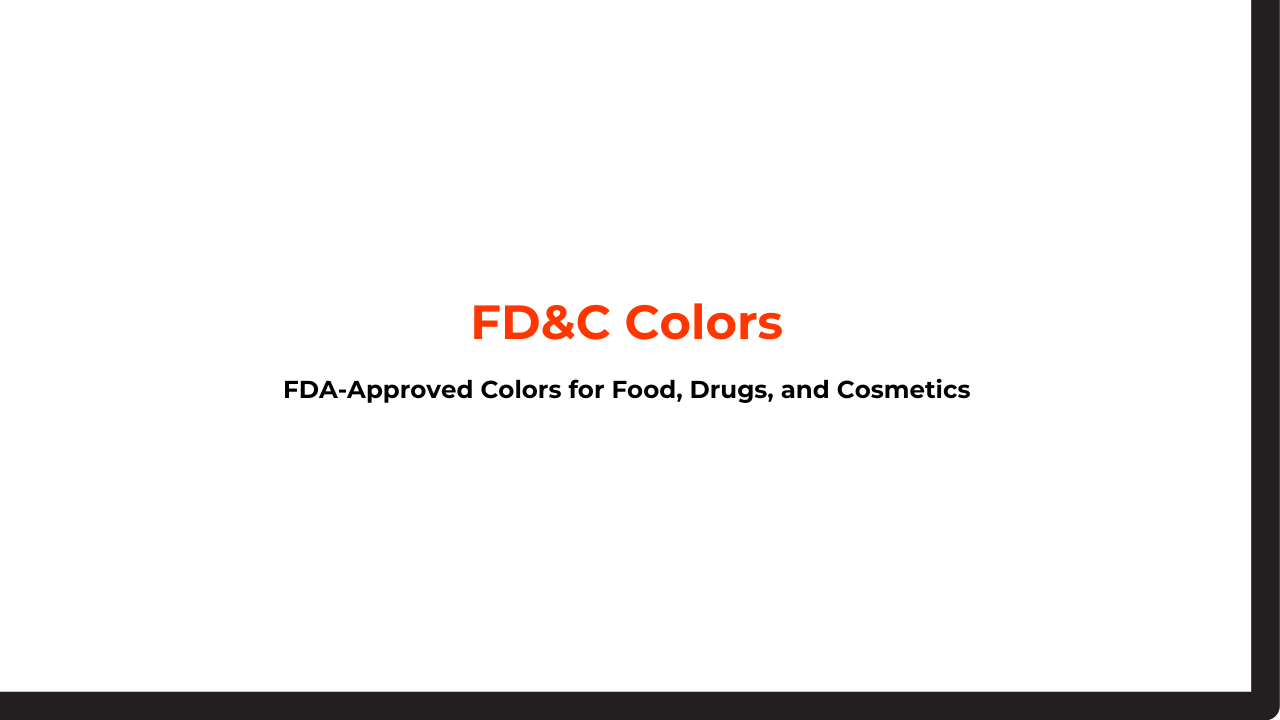Fluorescent dyes, also known as reactive dyes or fluorophores, are substances used to absorb light waves of a certain wavelength and emit light waves with a wavelength higher than the absorbed light. They contain greater brightness and photostability compared to fluorescent proteins without needing a maturation time. Fluorescent dyes have been widely used by biologists and chemists for decades.
Businesses can use fluorescent dyes alone or combine them into composite fluorescent dyes. They can produce different colors that are easy to visualize and analyze efficiently. Most fluorescent dyes are conjugated to antibodies or tagged with peptides to target proteins.
The process requires fixing cells, making genetic circuit dynamics impossible to measure. Although fluorescent dyes can be used inside living cells, their applicability is somewhat limited in many cases. All right! In this blog post, we will discuss the various uses of fluorescent dyes in different industrial applications.
Uses and Applications of Fluorescent Dyes
The use of fluorescent dyes is widespread in various industrial applications, including but not limited to:
- Fluorescent dyes are most commonly utilized in different fields, including molecular biology, cell biology, medical diagnostics, and for labeling and visualizing biomolecules.
- Research and clinical diagnostics rely heavily on fluorescent dyes for fluorescence imaging.
- An imaging technique is based on the detection of fluorescent moieties in specific tissues. Fluorescent dyes, which are primarily accumulated in these tissues, generate the fluorescence signal.
- Depending on the application requirements, fluorescent dyes with appropriate sizes, bright colors, and red-shifted absorption and emission spectra can be selected.
- Fluorescence imaging provides numerous benefits, including high spatiotemporal resolution, high sensitivity, safety, and non-invasiveness.
Fluorescent dyes in industrial applications
Fluorescent dyes are most commonly used in industrial applications since they can easily absorb and emit light at certain wavelengths. It makes it easy to utilize, detect, and analyze various substances like never before.
Furthermore, a fluorescent dye may be used and implemented to identify certain proteins or enzymes in tissue samples. Tracing amounts of substances, such as drugs or explosives, makes it easier to identify them using forensic analysis.
Here are the following applications of fluorescent dyes:
1. Cellular imaging and microscopy
Molecules, organelles, and cellular structures can be visualized under an electron microscope using fluorescent dyes in various industrial applications. The proteins they produce are useful for studying cellular processes, protein localization, and intracellular dynamics.
2. Immunofluorescence assays
Fluorescent-labeled antibodies are used to find specific antigens in tissues or cells. It provides a deep understanding of disease mechanisms and diagnoses.
3. Protein labeling and tracking
A fluorescent tag attached to a protein can allow real-time observation of the protein’s movement and interaction within cells, helping researchers gain a better understanding of the functions & processes of the protein.
Conclusion
Fluorescent dyeing works based on a molecule that absorbs and emits light. Fluorescent dyes contain a fluorophore molecule capable of absorbing light at one wavelength and re-emitting it at a longer wavelength.
Fluorescent dyes are widely used in various applications as they absorb and emit light at certain wavelengths. The fluorescent dye makes these dyes useful for detecting and analyzing the presence of certain proteins or enzymes in tissue samples.
For more information on various fluorescent dye applications in different industrial applications, contact us today. We are reputed manufacturers and exporters of high-quality dyes and pigments in India that are used for various industrial applications. For more details, visit our official website.




